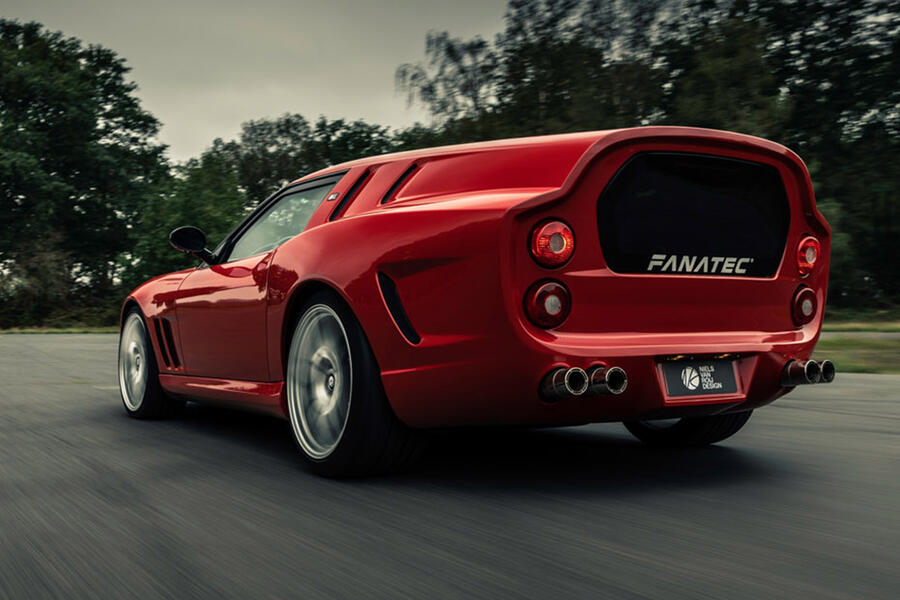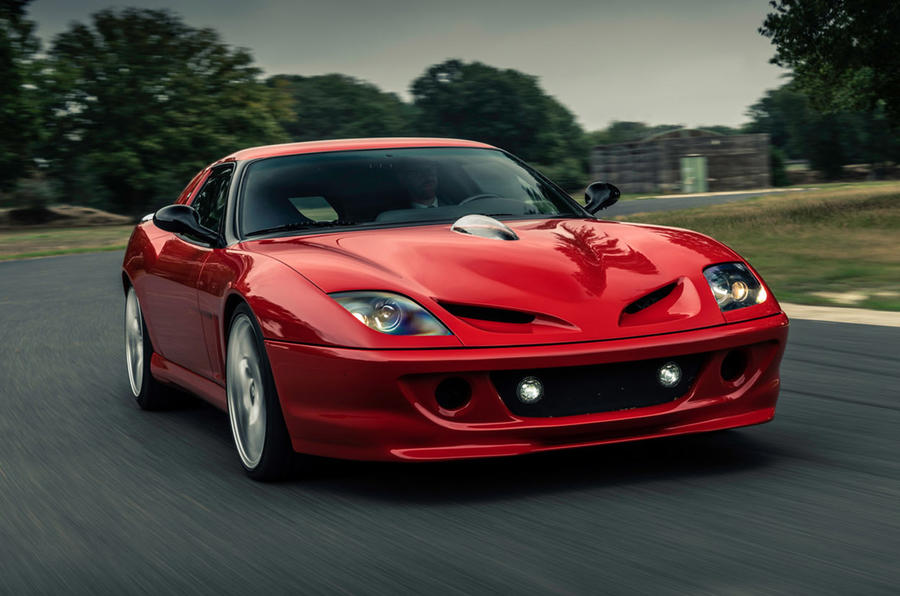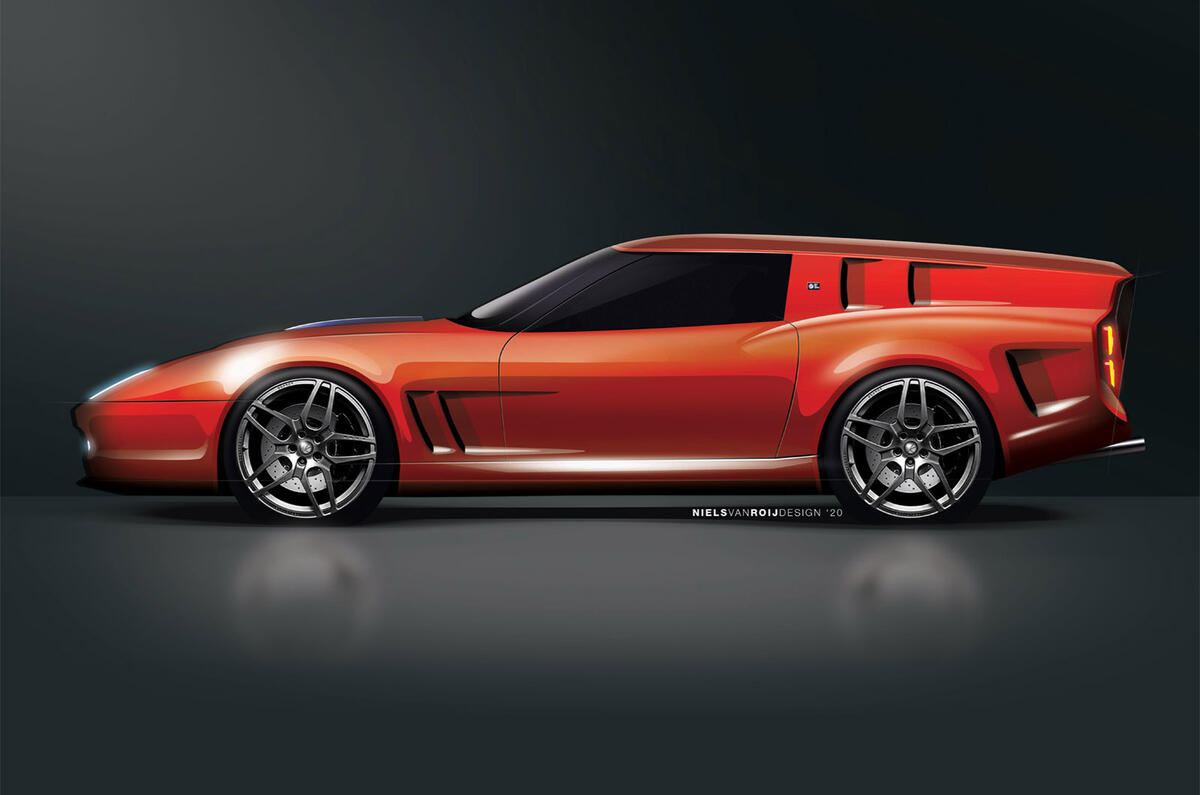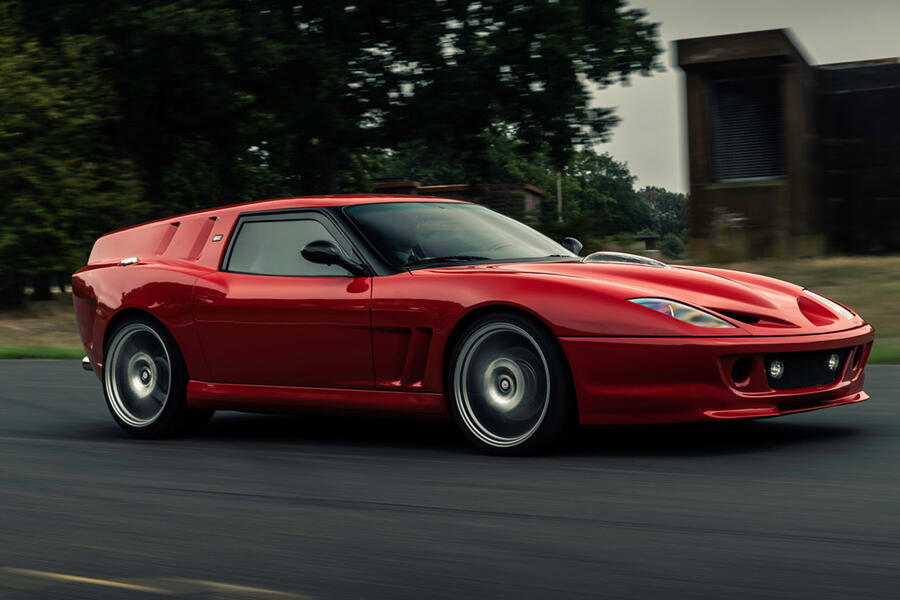Dutch design house Niels van Roij Design has unveiled a one-off reimagining of the legendary Ferrari 250 GT SWB ‘Breadvan’ racer. Called the ‘Breadvan Hommage’, it is based on a Ferrari 550 Maranello and was two and a half years in the making.
The original 1962 3.0-litre V12 Breadvan was commissioned by Scuderia Serenissima to take on the then new Ferrari 250 GTOs at Le Mans. The development of both cars was overseen by engineer Giotto Bizzarrini, who left Ferrari shortly before starting work on the Breadvan. The car was nicknamed for its distinctive aerodynamic bodywork and Kamm tail, beneath which was a heavily modified Ferrari 250 GT SWB Berlinetta.
Ordered by a German enthusiast for an undisclosed sum, the Breadvan Hommage has been designed and overseen by RCA Vehicle Design alumnus Niels van Roij, best known for his Tesla Model S Shooting Brake and last year’s Rolls-Royce Wraith-based Silver Spectre Shooting Brake.
Of his latest project, van Roij said: “We intended to be inspired by the original, but ensured we were not limited by it in our creativity. The Breadvan Hommage is a new original.”

Explaining the choice of donor car, he said: “We wanted to use a base that was true to the 250 GT SWB Berlinetta, which was not a race car but a proper GT. The Maranello was the first front-engined V12 manual Ferrari since the Daytona and a return to the GT segment. It is a great car to show the Breadvan recipe can be taken into the future.”
Every exterior panel has been modified or replaced other than the front windscreen, spared only for ease of replacement. Coachbuilder Bas van Roomen, who majors on restoring Italian classics, hand-beat the all-aluminium bodywork after modelling clay directly on the donor car.























Join the debate
Add your comment
What an ugly beast! The front looks like an old Corvette & the rear looks like it was done by an ex-Volvo designer!
Truly shocking. Such a shame after what was a good go at the Tesla Shooting Brake/estate.
The craftmanship would have been put to better use just copying the original Le Mans car using the modern V12 and brakes etc.
Don't get me started on the blue seats! Red car, black interior so why blue? Black, red, cream even tan would have suited but blue!